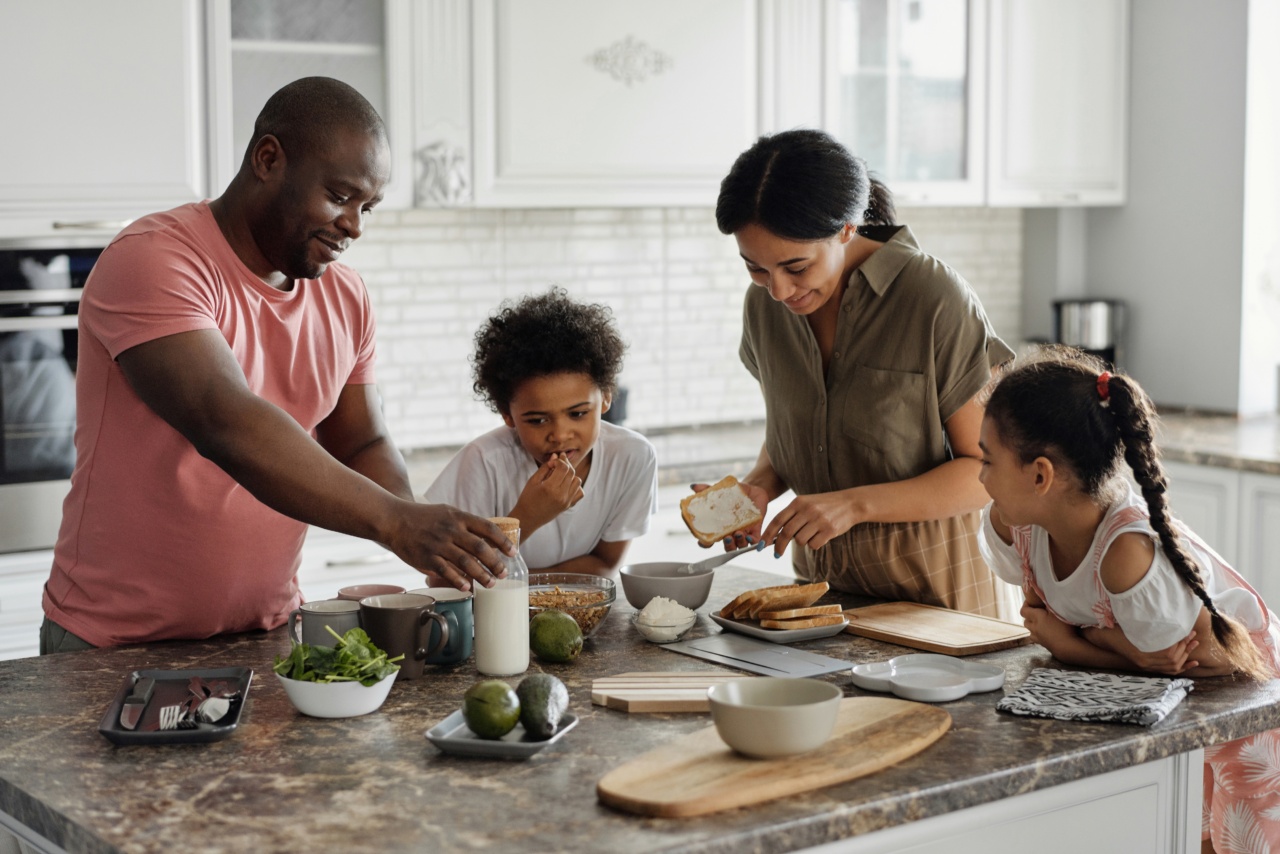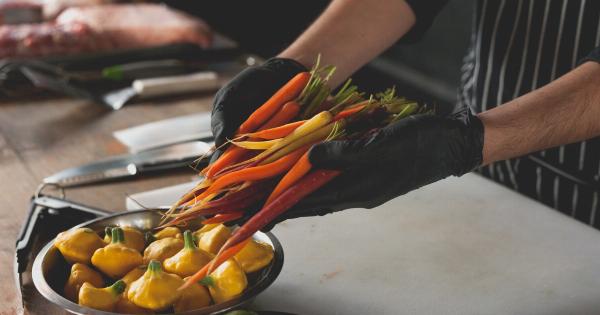Chicken is a versatile and delicious protein option that is widely enjoyed by many people all over the world. However, it is important to handle and cook chicken properly to avoid food-related illness.
In this article, we will provide you with essential tips and precautions to stay protected while cooking chicken.
1. Proper Storage
One of the primary steps in avoiding food-related illnesses is proper storage of chicken. Always keep chicken in the refrigerator below 40°F (4°C) until you are ready to use it.
Make sure it is stored in a leak-proof container or sealed plastic bag to prevent cross-contamination.
2. Thawing Safely
If you need to thaw frozen chicken, it is crucial to do it safely. The best option is to thaw it in the refrigerator, allowing it to gradually defrost. If you are short on time, you can also use the microwave’s defrost setting.
Avoid thawing chicken on the countertop as it can promote bacterial growth.
3. Washing Chicken
Contrary to popular belief, it is unnecessary to wash raw chicken before cooking it. Washing chicken can actually spread bacteria, such as Campylobacter and Salmonella, onto kitchen surfaces and other foods.
Cooking chicken to the proper temperature will eliminate any harmful bacteria.
4. Use Separate Cutting Boards
Using separate cutting boards for raw chicken and other ingredients is a vital step in preventing cross-contamination. Raw chicken can contain harmful bacteria that can contaminate other foods if they come into contact.
Use color-coded cutting boards or thoroughly wash and sanitize the cutting board between uses.
5. Cook Chicken to the Right Temperature
Cooking chicken to the correct internal temperature is essential to kill any bacteria that may be present. The safe minimum internal temperature for chicken is 165°F (74°C) for both breasts and thighs.
Use a meat thermometer to accurately measure the temperature and ensure thorough cooking.
6. Avoid Undercooked Chicken
Undercooked chicken can harbor harmful bacteria that may cause food poisoning. Cutting into the thickest part of the chicken and checking if the juices run clear is not a reliable method to determine if it’s fully cooked.
Always use a meat thermometer to ensure the chicken reaches the safe internal temperature mentioned earlier.
7. Prevent Cross-Contamination
Proper handling practices can help prevent cross-contamination and reduce the risk of food-related illnesses. Avoid using the same utensils, plates, or tongs for raw and cooked chicken.
Thoroughly wash your hands, utensils, and surfaces with hot soapy water after handling raw chicken to prevent the spread of bacteria.
8. Leftover Chicken
If you have leftover cooked chicken, store it in the refrigerator within two hours of cooking. Use shallow containers for rapid cooling and consume it within 3-4 days.
When reheating, ensure it reaches the internal temperature of 165°F (74°C) to eliminate any bacteria that may have grown.
9. Marinating Chicken Safely
Marinating chicken can enhance its flavor, but it is important to do it safely. Always marinate chicken in the refrigerator, not on the countertop.
If you plan to use the marinade for basting or as a sauce, make sure to boil it first to kill any bacteria from the raw chicken.
10. Stay Informed
Stay up-to-date with food safety guidelines and recommendations. Follow reputable sources like the Centers for Disease Control and Prevention (CDC) and the Food and Drug Administration (FDA) for the latest information on safe food handling practices.
Knowledge is key to staying protected while cooking chicken.
Conclusion
By following these guidelines and adopting safe cooking practices, you can significantly reduce the risk of food-related illnesses associated with chicken. Remember to store, thaw, handle, and cook chicken properly to enjoy delicious and safe meals.
Stay informed and prioritize food safety to protect yourself and your loved ones.


























